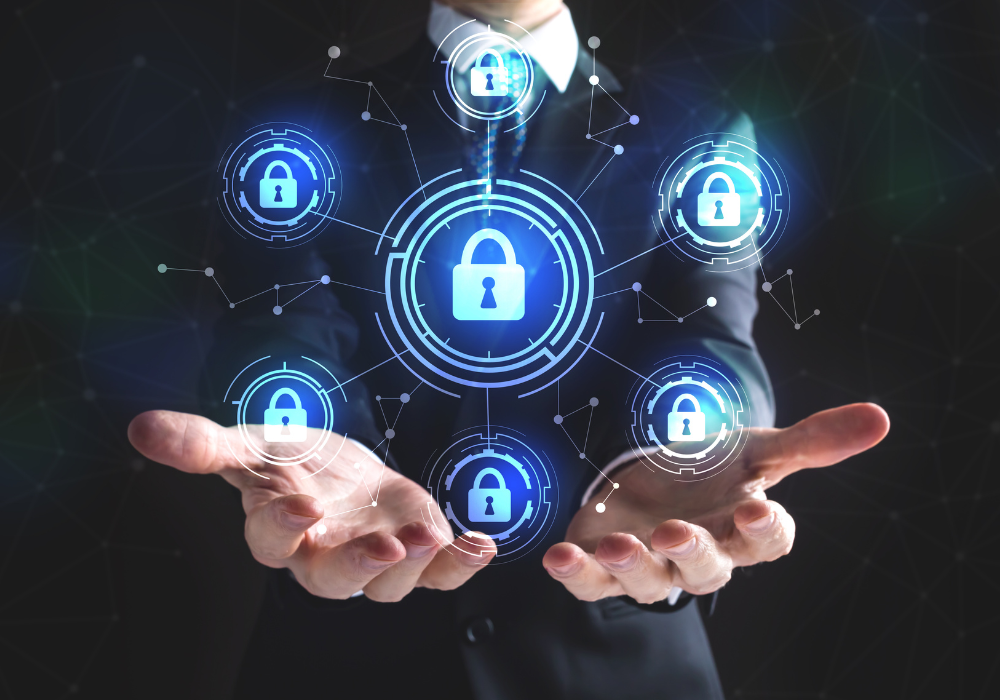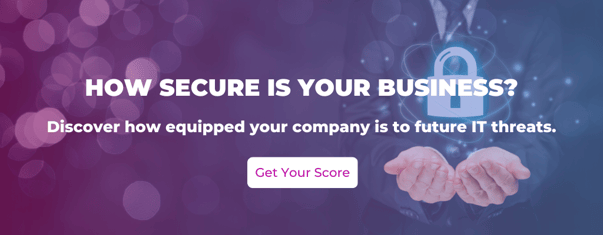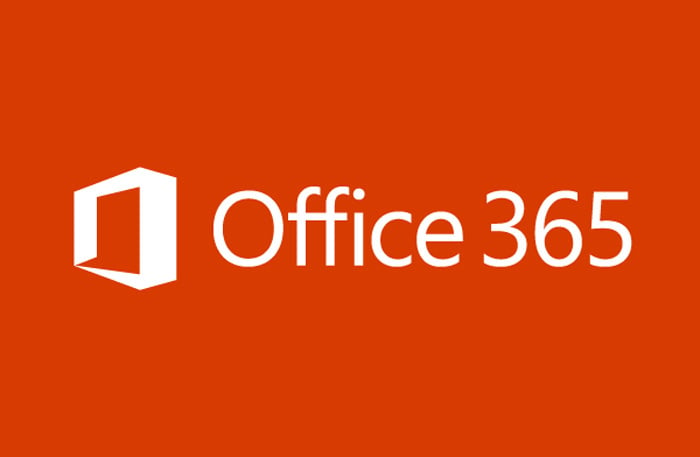As our personal and professional lives increasingly move onto the internet, so too do growing threats of cyberattacks, data breaches, and unauthorised account access.
Stories of compromised credentials and stolen data have unfortunately become commonplace.
This emerging landscape reveals an urgent need for advanced authentication techniques that look beyond outdated password-only security. Reliance on simple username and password credentials is no longer enough for true data security.
Major tech companies and security experts recommend adopting sophisticated methods of identity and access management to guard against evolving cybercrime. Multifactor authentication (MFA), also known as two-factor authentication (2FA), has emerged as a crucial tool in this battle to better verify users' identities and detect imposters.
In this blog, we'll explore how multifactor authentication (MFA) can help users better secure their online accounts. As cyber threats evolve, it's essential to look at enhancing authentication methods beyond just passwords.
Adopting solutions like MFA provides an extra layer of protection for your digital assets and privacy.
Defining Multi-Factor Authentication (MFA)
Multi-Factor Authentication, commonly called MFA, has emerged as an essential identity and access management technique. The method adds extra layers of security beyond relying solely on traditional username and password credentials.
MFA requires users to provide two or more verification factors when accessing accounts, networks, or devices. The first factor is typically something the user knows, like a password or PIN code. The second is something the user has access to, like a physical token, mobile app, fingerprint, or text message. By requiring multiple factors to authenticate, MFA ensures greater security and makes unauthorised access more difficult.
Even if an attacker manages to learn the first factor like a stolen password, they will be stopped when prompted for the additional factor. MFA protects against the compromise of a single credential. Requiring "something you know" plus "something you have" provides enhanced identity verification and access control.
MFA adds crucial barriers that prevent intruders from gaining entry based on compromised passwords alone. It brings account security into the modern era as cyber threats become more sophisticated and prevalent.
Components of Multi-Factor Authentication
MFA relies on users providing multiple verification factors from these three component categories:
- Something You Know - This is typically a password or PIN code known only to the user. The standard username/password login represents the first factor that anyone trying to access an account would need.
- Something You Have - This second factor is the possession of a physical token, device, or app that generates one-time passwords or authentication codes. Examples include hardware tokens, software tokens, SMS text messages, and authenticator apps like Google Authenticator or Authy.
- Something You Are - For additional biometric factors, authentication can be tied to a user's unique physical characteristics. Fingerprint scans, facial recognition, iris/retina scans, and voice recognition represent the "something you are" component.
By requiring any two or more of these factor types, MFA ensures hackers can't gain access with compromised passwords alone. Possessing the physical token or biometric trait is also necessary. Even if thieves phish for usernames and passwords, they will hit a secure barrier when MFA prompts for an additional identity component beyond what they obtained.
This multilayered verification system makes it exponentially harder for unauthorised users to successfully bypass identity and access controls. MFA integrates something you know, something you have, and something you are for optimum security.
How MFA Works
When a user attempts to log into an account protected by MFA, they must go through the following authentication steps:
1. The user will first enter their standard login credentials of username and password. This meets the “something you know” first-factor test.
2. After submitting valid username/password credentials, the user will then be prompted for the second factor before they can access the account. This might involve:
-
Entering a code generated by an authenticator app or physical token.
-
Receiving a text message containing a one-time passcode to enter.
-
Scanning a fingerprint or other biometric factor.
-
Insert a security key into the device.
3. After successfully presenting the secondary form of identity verification, the user will then be fully authenticated and allowed into the account.
The Role and Benefits of MFA in Online Security
MFA plays a pivotal role in online security by providing multilayered protection that password-only systems lack. It addresses common vulnerabilities like phishing and password breaches by requiring an additional factor for verification.
There are many benefits to implementing MFA across online accounts:
- Enhanced security - MFA's multifactor approach is far more secure than single passwords prone to theft. It adds essential barriers against unauthorised access.
- Protection against phishing - MFA blocks access even if phishing tricks users into giving up passwords.
- Flexible verification options - MFA allows for various second factors like OTPs, biometrics, security keys, etc.
- Convenience with authenticator apps - Easy-to-use apps like Microsoft authenticator provide codes with the tap of a button.
- Compliance with regulations - MFA helps organisations meet security compliance requirements.
- Account takeover prevention - MFA almost eliminates the compromise of accounts through stolen credentials.
- Ransomware protection - MFA secures access to business networks.
With passwords increasingly vulnerable, MFA adds crucial identity verification to guard online assets and data against evolving threats.
Do I Need MFA?
With data breaches and cyberattacks constantly in the news, many users wonder “Do I need to enable MFA?” The simple answer is yes - adopting MFA is one of the most important things individuals and businesses can do to improve online security.
There are compelling reasons all users should consider implementing MFA:
-
Account passwords being compromised is more common than ever. MFA adds crucial secondary protection.
-
Phishing attacks tricking users into giving up passwords are rampant and often successful. MFA blocks unauthorised access.
-
Sensitive personal data like banking info and medical records warrant MFA's added security barriers.
-
As more business is conducted online, MFA helps meet compliance requirements for protecting customer data.
-
For companies, MFA secures access to proprietary information, networks, and digital assets.
-
MFA prevents the reputational damage and costs of dealing with account takeovers and data breaches.
While MFA adds minor inconvenience, it provides essential multifactor identity verification to guard against evolving cyber threats. Passwords alone are simply no longer enough. The question for most should not be "Do I need MFA?" but rather "Why haven't I implemented MFA sooner?".
Choosing the Right MFA Method
When activating MFA, users must select which secondary authentication factor fits their preferences and security needs. There are various options to consider:
Authenticator apps like Google Authenticator or Authy generate time-based one-time passcodes (OTPs). These apps provide a secure and convenient method for accessing MFA codes on your smartphone.
Physical security tokens are small devices that produce rotating passcodes for MFA. They don't rely on cell service but can be more prone to being lost or damaged.
SMS text messages that deliver OTPs represent a basic MFA option. However, SMS lacks the sophistication of other methods and can be more vulnerable to Smishing attacks.
Biometric factors like fingerprint scanning, facial recognition, or iris scanning leverage a user's unique physical traits for verification. No codes to enter, but requires compatible hardware.
Security keys are small USB devices that complete MFA authentication when plugged into the computer. Provides secure tap-to-sign-in functionality.
The best MFA method comes down to the user's needs and preferences. Key considerations include security, reliability, ease of use and portability. For many, authenticator apps provide the ideal blend of security, convenience and accessibility.
Regardless of which factor is used, adopting MFA greatly strengthens account security. Users should choose the method that makes enhanced two-factor authentication easy to consistently follow through on.
Embrace MFA for a Safer Digital Journey
In a world where our lives are intricately woven into the digital realm, safeguarding our online presence is no longer a choice – it's a necessity. Enter Multi-Factor Authentication (MFA), your shield against the ever-evolving landscape of cyber threats.
By combining something you know, something you have, and something you are, MFA creates a great layer of defence around your online accounts. It defies the conventional username-password paradigm, making unauthorised access virtually impossible.
At SpiderGroup, we're dedicated to your digital safety. Our IT support experts specialise in implementing cutting-edge security solutions, including Multi-Factor Authentication, tailored to your unique needs. Strengthen your defences and partner with us to navigate the digital landscape securely. Contact us today and let's embark on a safer digital journey together.




-1.png)
.png)